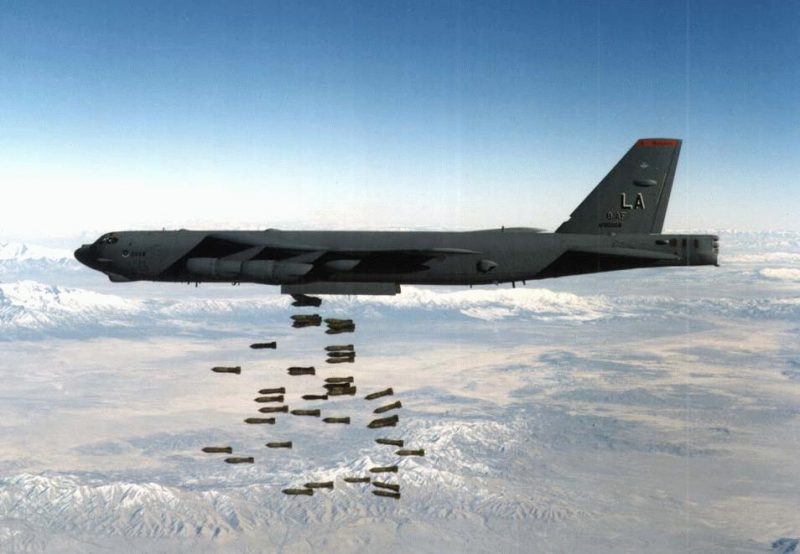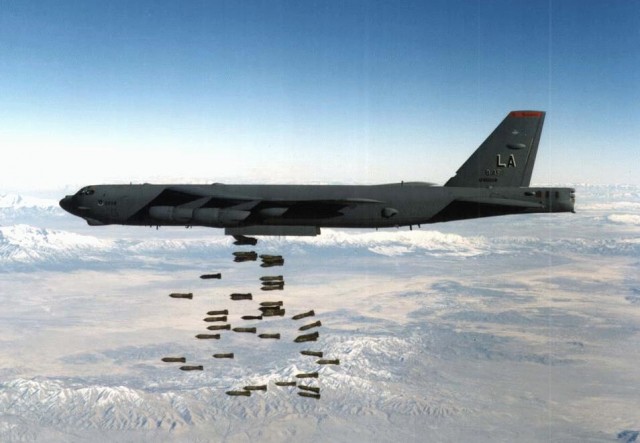The World Magazine reported on January 20th, 2014, a story of a crash that ended a Cold War defense program.
In the western part of Maryland, there was a storm-driven crash of a nuclear bomber. This crash made a massive impact on a Cold War program that was geared to keep 12 bombers airborne at all times. These bombers were flown by crews that were on 24 hour missions at a time.
Nearly fifty years later, Operation Chrome Dome has almost been forgotten; however, memories of the crash on Big Savage Mountain is still saddening to many of the family members of the crew and to the residents of the Appalachians who helped to recover the bodies.
Gary Finzel, 69, said the overnight trek through snow that was hip-deep with five others to search and recover the remains of Air Force Major Robert Lee Payne was the worst night he has ever had in his life.
“I can see him sitting there on his hunkers on the banks” of Poplar Lick, Finzel said recently. “I still see him the same as if it was yesterday.”
The accident, which happened on January 13, 1964, has been memorialized by stone markers in the tiny town of Grantsville, Maryland. The town is located about 140 miles west of Baltimore. The stone markers are where three of the five crew members died. Payne succumbed to exposure in the Savage River State Forest after he ejected from his crippled B-52 bomber. Bombardier Major Robert Townley’s remains were found on private property near Payne. The tail gunner, Tech Sgt. Melvin F. Wooten, bailed out and he, too, died from exposure and other injuries near Salisbury, Pennsylvania—nearly 15 miles north of the crash site.
Pilot Major Thomas W. McCormick and co-pilot Captain Parker C. “Mack” Peedin was able to eject from the bomber and survived. Neither of the gentlemen are alive today.
The crew members were originally from Turner Air Force Base in Albany, Georgia. This was the plane’s home base. They all flew to Westover Air Force Base in Massachusetts on January 12th. They were bringing the B-52 and two of its bombs back to Georgia. Bad weather conditions forced the plane to land in Westover during the return from Europe where it experienced engine failure.
There were delays that threatened to disrupt Operation Chrome Dome, which ran from 1961 to 1968. The B-52s crashed twice before, three years before the 1964 accident, noted an independent research, Rebecca Grant. Grant is an author who has worked for the Air Force Secretary and the Air Force chief of staff. Of the accident, Grant said the bombs were not armed so they didn’t explode; but, the accidents did create a risk of losing nuclear materials.
The accident in Maryland, after three years without a crash, underscored the mistakes of trying to keep nuclear bombers in air at all times; regardless of weather conditions.
“It was probably the worst crash with nuclear weapons on American soil, and it was truly an accident—a weather-caused aircraft accident,” she said. “I think it pointed out that the risks were awful high, really too high.”

